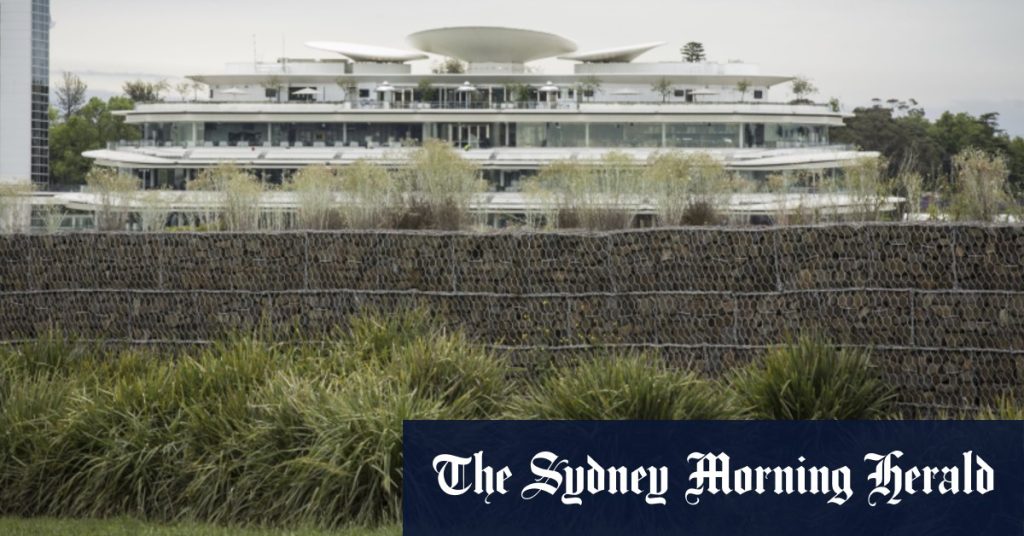The Flemington Racecourse flood wall raised water levels for at least 240 homes in Maribyrnong during the 2022 inundation disaster, but the impacts were not significant enough to justify tearing it down. The final Melbourne Water report into the Maribyrnong River flood found that the wall increased flood levels by 0.8 centimetres to three centimetres in some residential areas and lengthened its duration. Some properties most likely flooded that would not have done so without the wall, and in industrial parts of West Melbourne and Kensington, the flood level was six centimetres higher than it would have been without the wall. Damage caused by the flood wall includes destroyed furniture, skirting boards, electrical work, and stock losses for businesses.
The review panel, chaired by Justice Tony Pagone, assessed new modelling by technical consultants Jacobs and found that the flood level in several locations exceeded the one centimetre considered to be a generally acceptable impact of a development. The principle guiding the construction of the wall in 2007 was that any adverse impacts must be identified and prevented. Melbourne Water managing director Dr. Nerina Di Lorenzo stated that the wall’s impact on homes, which flooded by an average of 80 centimetres during the event, did not justify pulling it down. She argued that the evidence does not support the removal of the wall, given that the average impact on residential property was 1.7 centimetres.
The Flemington Racecourse flood wall kept the track in perfect condition while Maribyrnong homes flooded. The impact of the wall on residential properties was considered in the report, with an average impact of 1.7 centimetres. Despite some properties most likely flooding that would not have without the wall, the overall impacts were not significant enough to warrant its removal. The review panel considered the principle that any adverse impacts must be identified and prevented when assessing the wall’s construction in 2007.
While the flood wall did raise water levels in some areas and lengthened the duration of the flood, the report concluded that the impact on residential properties did not justify tearing it down. The wall’s construction was guided by the principle that adverse impacts should be identified and prevented, but the overall impacts of the wall during the 2022 flood were not deemed significant enough for removal. Although some properties most likely flooded due to the wall’s construction, the average impact on residential property was found to be 1.7 centimetres during the event.
The report noted that while an impact of more than one centimetre might be acceptable for projects of wide societal benefit, the principle guiding the construction of the wall by Victoria Racing Club in 2007 was that any adverse impacts must be identified and prevented. The flooding caused by the wall may have included destroyed furniture, skirting boards, electrical work, and stock losses for businesses. The flood level in industrial parts of West Melbourne and Kensington was found to be six centimetres higher than it would have been without the wall, impacting several locations significantly.
The Melbourne Water report, released on Friday, included new modelling by technical consultants Jacobs, which assessed the impact of the Flemington Racecourse flood wall during the Maribyrnong River flood. The report found that the wall increased flood levels by 0.8 centimetres to three centimetres in residential areas and lengthened its duration. While the wall may have caused some properties to flood that would not have done so otherwise, the overall impact on residential properties did not justify tearing it down. The average impact on homes during the flood was 1.7 centimetres, which Melbourne Water argues is not significant enough to warrant removal of the wall.













